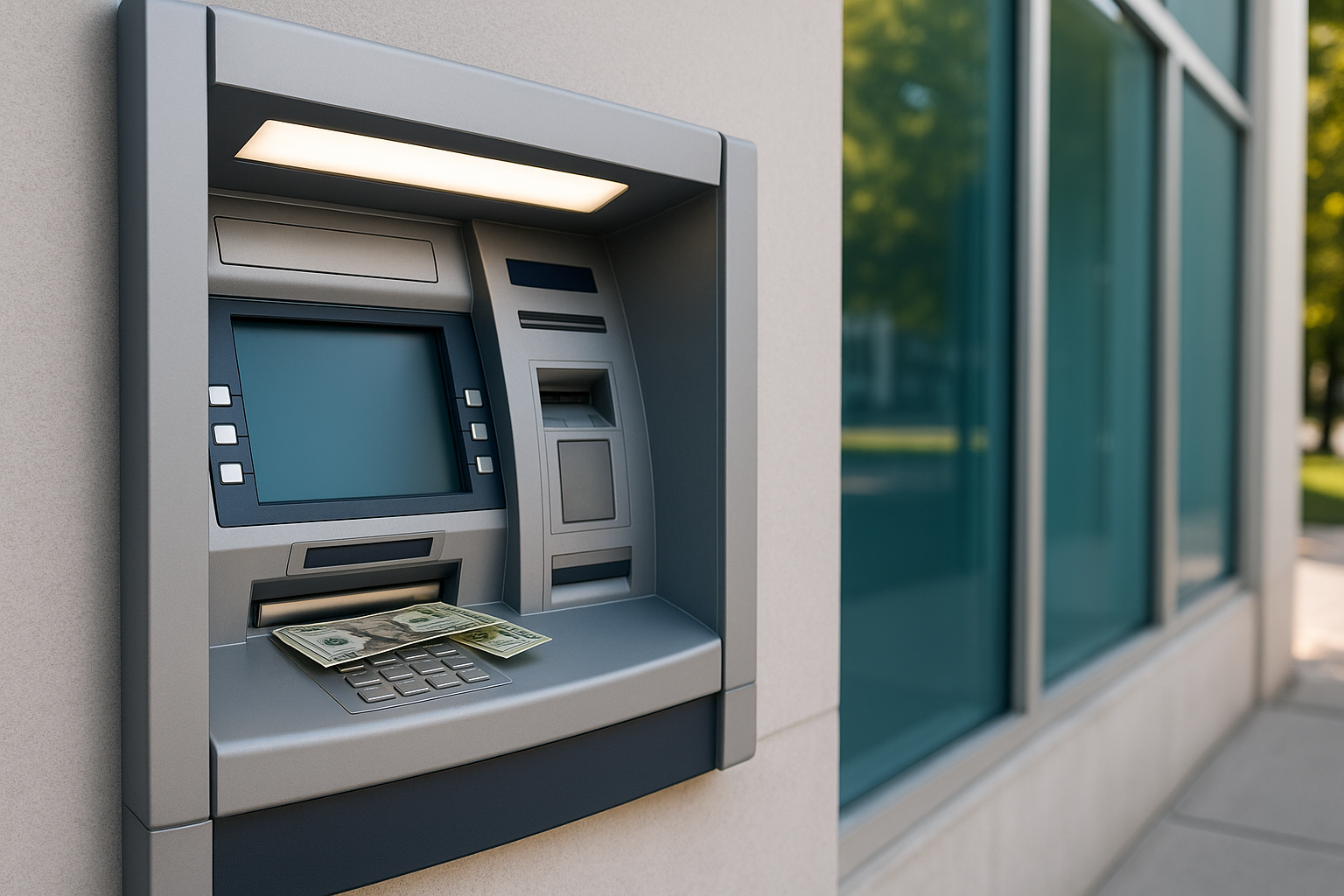If you’ve ever tried to take out a large amount of cash and hit an unexpected limit, you’re not alone. Every bank sets a daily cap on how much you can withdraw at an ATM. But why do ATMs have withdrawal limits in the first place? These limits may seem inconvenient, yet they exist for good reasons — from preventing fraud to managing physical cash flow.
1. ATM Limits Help Prevent Fraud and Theft
Withdrawal limits protect you if your debit card or PIN is ever stolen. Even if a criminal gets temporary access to your account, they can only take a limited amount before the card is locked or flagged. This safety buffer is one of the simplest ways banks reduce large-scale losses.
The same rule also applies to errors or duplicate withdrawals — smaller limits minimize the impact if a transaction fails or repeats unexpectedly.
2. Limits Help Banks Manage Cash and Machine Capacity
Each ATM holds a fixed amount of money, typically in $20 bills. Without daily caps, a few customers could empty the machine before it’s refilled. By setting withdrawal limits, banks ensure that ATMs remain stocked for everyone throughout the day.
Maintenance schedules also play a role — armored trucks refill machines on rotation, not continuously. Limits help balance availability and security between service visits.
3. Network Rules Control Maximum Transaction Sizes
ATM networks like Visa, Mastercard, and Plus set upper boundaries for how much a single transaction can process safely. These network policies protect both banks and customers from fraud patterns or technical overloads during busy times.
In many cases, your bank’s internal limit is actually lower than the network’s. That gives banks flexibility to adjust limits for VIP or high-balance clients when requested.
4. Different Banks Set Different Limits
Daily ATM limits vary widely by institution. For example, digital-first banks may cap withdrawals around $500–$1,000 per day, while premium accounts at large national banks can reach $2,000 or more. You can compare specific limits in our full comparison chart of ATM withdrawal limits by bank.
If you’re planning a large purchase, see which institutions appear in our guide to banks offering the highest ATM withdrawal limits for quicker access to your funds.
5. You Can Often Request a Temporary Increase
Most banks will raise your limit temporarily if you need extra cash for travel, emergencies, or big events. You can usually request this through your mobile app or by calling customer service. Just remember that these higher limits may only apply for 24–72 hours depending on your institution.
6. Typical ATM Limits by Account Type
| Account Type | Typical Daily Limit | Notes |
|---|---|---|
| Basic Checking | $300–$500 | Standard consumer accounts |
| Premium Checking | $1,000–$2,000 | Higher limits for qualified clients |
| Business Accounts | $2,000–$5,000+ | Depends on bank size and cash handling needs |
| Student / Online Banks | $200–$500 | Lower limits to reduce risk and fraud exposure |
For a detailed explanation of how these limits are calculated, see our complete explanation of how daily withdrawal caps work.
7. How To Plan Around Your Limit
- Use multiple withdrawals across different accounts if needed.
- Visit a branch for large sums instead of relying on ATMs.
- Withdraw early in the day to ensure machines still have cash available.
- Enable bank alerts to monitor daily totals and avoid rejections.
If you need to locate higher-limit machines near you, our ATM locator for nearby high-limit machines can help filter by network and operating hours.
8. Final Thoughts
ATM withdrawal limits might feel restrictive, but they exist to protect your money and keep machines running smoothly. Once you understand how they work—and how to adjust them—you can access cash efficiently without surprises. For more background on ATM safety and account protection, review the FDIC’s official security overview or NerdWallet’s national ATM fee and limit data.
